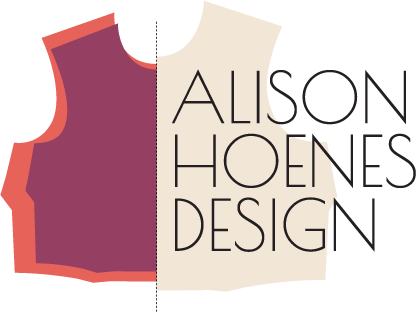Without a good size chart, your customers will be confused and disappointed – and your return rates will show it. If you don’t have a size chart (or your current one isn’t working to help your customers find their best size), read on for a step-by-step guide to making a size chart for your fashion brand.
Recent Posts
- How Your Patternmaker’s Creativity Can Enhance Your Design
- 7 Things To Look For In a Fit Model Beyond Size (and Why These Matter For The Fit of Your Brand)
- Do You Actually Have a Tech Pack or Is It a Design Spec?
- How To Know If A Fit Issue Is A Problem With The Pattern Or The Grading
- What Happens To The Fit When You “Grade Up” A Pattern? Let Me Show You.
